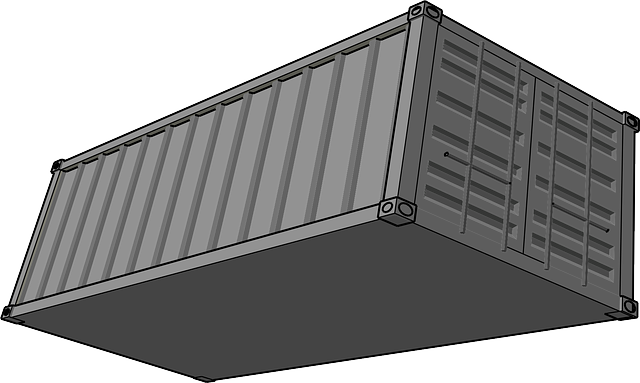Understanding and proactively managing physical damage policies is crucial for seamless vehicle coverage changes, ensuring expectations are managed, informed decisions can be made, and effective communication occurs with insurers and repair shops. Efficient processes, including digital platforms and improved communication channels, enhance transitions in vehicle addition or change management. Regular reviews and updates to these policies prevent costly delays or disputes, maintaining continuous coverage and protecting dynamic vehicle portfolios during fluctuations.
In the dynamic world of automotive insurance, seamless coverage transitions are paramount when adding or changing vehicles. This article explores strategies and best practices for managing these transitions effectively, with a strong focus on understanding physical damage policies. By delving into key areas like policy adjustments, case studies, and efficient management techniques, readers will gain insights to ensure continuous protection and avoid coverage gaps.
Understanding Physical Damage Policies: A Foundation for Seamless Coverage Transitions

When adding or changing vehicles, understanding your physical damage policy is crucial for ensuring seamless coverage transitions. These policies dictate how repairs are handled when your vehicle incurs physical damage, whether from an accident, natural disaster, or other unforeseen events. Knowing the specifics of your policy—including deductibles, covered damages, and any exclusions—enables you to actively manage expectations and make informed decisions during the repair process.
Having a solid grasp of physical damage policies allows for better communication with insurance providers and repair shops. It enables you to navigate potential challenges, such as dispute resolution or understanding out-of-pocket expenses, more effectively. By being proactive in this area, you can ensure that coverage transitions smoothly, providing peace of mind during what could otherwise be a stressful time.
Strategies for Efficient Vehicle Addition and Change Management

When managing vehicle additions or changes, efficient processes are key to ensuring seamless coverage transitions. One strategic approach involves streamlining documentation and communication. Standardized forms and digital platforms can simplify the data collection process, enabling quicker assessment and evaluation of new vehicles. Clear channels for communication between insurance providers, policyholders, and garage staff facilitate smooth coordination during these transitions.
Additionally, proactive management of physical damage policies is vital. Regular reviews and updates to these policies ensure they align with the evolving fleet. By anticipating potential gaps or conflicts, insurers can prevent costly delays or disputes later. This proactive approach, combined with efficient documentation, creates a robust framework for managing vehicle additions and changes, ultimately enhancing coverage continuity.
Navigating Policy Adjustments: Ensuring Continuous Protection

Navigating policy adjustments is a critical aspect of ensuring seamless coverage transitions during vehicle additions or changes. As you update your fleet, it’s essential to review and adjust physical damage policies accordingly. This involves understanding the specific needs of new vehicles and drivers, while maintaining continuous protection for existing assets. Regular policy assessments help identify gaps or overlaps in coverage, ensuring that each vehicle is adequately insured against potential risks.
By staying proactive in managing policy adjustments, businesses can avoid costly gaps in coverage that may leave them vulnerable during accidents or damage events. Continuous evaluation allows for the implementation of tailored solutions that meet the evolving needs of a dynamic fleet. This ensures that every addition or change is seamlessly integrated into the overall risk management strategy, providing comprehensive protection without interruption.
Case Studies: Real-World Examples of Successful Transition Implementations

In recent years, several insurance companies have successfully implemented seamless coverage transition strategies, showcasing effective methods to navigate vehicle changes and additions while maintaining policyholder satisfaction. These case studies offer valuable insights into real-world challenges and their corresponding solutions.
One prominent example involves a leading automotive insurer that introduced an innovative digital platform for policy management. By centralizing information and streamlining the addition process, they reduced the time required to update policies, especially when customers changed vehicles or added new ones. This approach not only enhanced customer experience but also minimized errors related to physical damage policies, ensuring accurate coverage from the start.
In ensuring seamless coverage transitions during vehicle additions or changes, understanding and adhering to robust physical damage policies are paramount. By implementing efficient management strategies and navigating policy adjustments thoughtfully, insurers can provide continuous protection without gaps in coverage. The case studies presented offer real-world validation of successful transition implementations, highlighting the importance of these practices in maintaining customer satisfaction and operational integrity.
